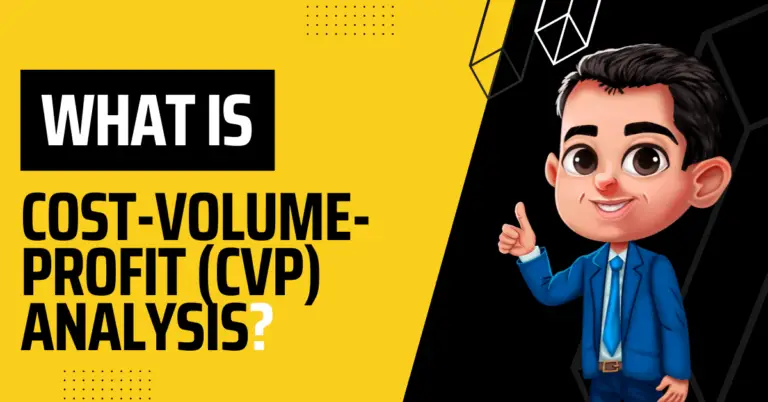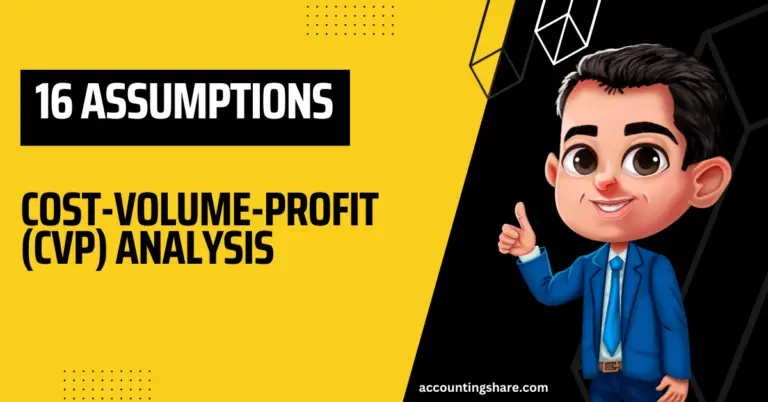Top 10 Limitations of Cost-Volume-Profit (CVP) Analysis [With PDF]
The cost-volume-profit (CVP) analysis is a useful business tool, but it is based on a number of assumptions that may not always be true. Consequently, several criticisms have been leveled against the usefulness of the cost-volume-profit (CVP) analysis.
The following are the top ten disadvantages or limitations of cost-volume-profit (CVP) analysis:
- In order to conduct a cost-volume-profit (CVP) analysis, it is necessary to break down every production cost into its fixed and variable components. But in practice, it is tough to break down all production costs.
- It is generally accepted that the variable cost incurred for each individual unit of product will remain constant and will rise in direct proportion to the level of output. On the other hand, overproduction in certain sectors can lead to a reduction in the variable costs incurred per unit.
- The CVP analysis makes the assumption that the market prices of the factors of production will remain unchanged; however, inflation can cause a great deal of change to take place.
- The cost-volume-profit analysis doesn’t take into account the time value of money, which is just as important to profit analysis.
- It is presumed that the volume of production and sales is the same; consequently, there are no inventories at the beginning or the end of the period. But such an idea is unrealistic.
- It is generally believed that the product sales mix will not shift when multiple products are sold, but it may not be possible to maintain the same sales mix.
- At any given level of operation, it is common practice to assume that fixed costs will remain unchanged. But even if there is no change in production volume or level of activity, there is still a possibility that fixed costs will increase because of changes in pay scales or because of improvements in production techniques.
- It is assumed that the product’s selling price or market price will remain unchanged over time. However, sales prices and market prices frequently shift for a variety of reasons, including fluctuations in inflation, shifts in government import-export policies, the development of comparable or equivalent products, and innovations in the relevant industry.
- The assumption underlying cost-volume-profit (CVP) analysis is that income is influenced by changes in sales and that changes in inventory do not directly affect income. This assumption is correct when marginal costing is applied, but in other circumstances, changes in inventory will affect income because the absorption of fixed costs will depend on production rather than sales. In marginal costing, this assumption holds true.
- Even though it’s assumed that the workers’ production capacity and efficiency won’t change, it is possible to increase the workers’ efficiency and production capacity through technological development techniques and advanced training.
In the end, we can say that the limitations we’ve talked about may make the cost-volume-profit (CVP) analysis less useful, but they don’t take away all of its potential.
You can also read:






